Campaign Builder 101 is the beginner’s guide to understanding the campaign builder in Keap Pro, Max, and Max Classic (formerly Infusionsoft).
If you’ve never quite grasped why it’s so powerful, or you just feel like you missed the first day of class, then this is the back-to-the-basics approach you might be after.
(You can jump right to the FAQ section here)
And before we get too far into things – I want to highlight a robust three-part course on the campaign builder, the Advanced Automations Complete Collection – available for free on the Keap Academy platform.
The first thing to know is that the campaign builder can be used to do a zillion different things.
So there isn’t a singular recipe for how to use it “right”.
You can build lead capture campaigns, nurture campaigns, sales campaigns, webinar campaigns, fulfillment campaigns, partner campaigns, and it goes on and on – at a super high level, it works like this:
Use the campaign builder design automation that systematizes a process.
Any process.
Usually the campaigns are either a) customer facing automation, or b) internal automation, or c) some combination of the two.
And while there are an infinite number of ways to use the campaign builder (I mean, literally countless business models, industries, and marketing tactics), there IS a common thread that ties every single campaign on the planet together, as least as far as Infusionsoft is concerned.
The common thread is goals, and sequences. That’s it.
Every single campaign out there, all of them, are comprised of goals and sequences.
And the easiest way I know to explain it is Action and Reaction.
Goals are actions (something took place).
Sequences are reactions (what happened as a result).
The way I recommend people start with automation is to start small – find something in your business that always happens in tandem and focus on automating that.
Examples:
1. Someone fills out the contact us form (action), it creates a task for me to reply to them (reaction).
2. Someone buys something (action), they get a thank you email (reaction).
At the end of the day it can ALL be boiled back down to this.
Goal >> Sequence
And then as you get comfortable with that it begins to build out from there.
Goal >> Sequence >> Goal >> Sequence
GOALS AND SEQUENCES
What are goals?
Goals are the high level milestones of your campaigns, you can think of them like triggers.
As a general rule, goals serve to start the actions that come after them, and stop the actions that precede them.
The goals can loosely be divided into two categories – actions the contact takes, and actions the user takes.
Contact initiated goals are things like web form submissions, purchases, and clicks. They’re literally things that the contact has to “do”.
User initiated goals are things that a user does, things like applying a note, applying a tag, moving an opportunity to a new stage, or submitting an internal form.
There is a third category, which I call “system initiated”, and that’s when something happens – like, a contact’s score is recalculated and they achieve a goal by reaching the new score; or a tag being applied automatically as a result of some other automation,
Check out this help article for a comprehensive list of goals.
What are sequences?
Sequences are the “reaction”. They’re everything you want to have happen as a result of the previous goal, or to guide them to the next milestone.
But one key thing to remember is that a sequence on it’s own is just a container – it doesn’t have any default content. You use a sequence to assemble the actions you want to have happen, and to define the order you’d like them to take place.
Most people think of sequences as “email sequences”, and while that is the most popular use case, you can also use steps in a sequence to automatically apply a tag, apply a note, create a task, add someone to a fulfillment list, send an http post, and a variety of other actions.
For more on sequences, check out this help article.
Okay, so you start with the action (the goal) and then you bundle it with the reaction (the sequence).
From there, you build your campaigns action >> reaction, or, goal >> sequence.
From there you can continue to use sequences to guide your prospects from milestone to milestone.
Goal >> Sequence >> Goal >> Sequence
And as you build these automation “snippets” (which I call “automated moments”) what begins to happen is you can weave them together to created automated journeys.
The journey is the path the customer takes – from discovering your brand, to opting in, to becoming a customer, to getting the thing they bought, to buying again, and to telling their friends, etc.
This is where it starts to get complicated – because there are so many permutations, exceptions, and variables.
They can all be addressed, but not necessarily predicted.
I would imagine it’s like learning an instrument – you don’t start by learning all the songs.
You start by learning the notes.
And once you know the notes, you can play the chords.
And once you know the chords, you can play the songs, or write them.
(I have no musical talent or ability, so admittedly that may not be how it works.)
Same thing for learning language, you start with the alphabet – you learn the building blocks you’re going to use.
There’s a joke I like that goes:
“Once you’ve read the dictionary every other book out there is just a remix.”
It’s true for campaigns – once you know how goals and sequences work you can digest any campaign (no matter how big, or sprawling, etc).
The goals are the high level milestones.
And the sequences are what happens in between those milestones – either as a result of the previous goal, or in preparation of the next one.
I don’t wanna downplay the campaign builder’s power, but I like to emphasize that while you can build complicated and intricate campaigns, you certainly don’t have to.
(Though if you do, I blogged about three “gotchas” to be aware of – Gotcha 1, Gotcha 2, Gotcha 3)
How big should my campaigns be?
This is an common Campaign Builder 101 question – as you build out your automation when does it end? At what point should one big campaign turn into two smaller ones?
The answer depends on who you ask, but I find that there are usually some natural breaking points where the conversation shifts, or you hit a natural milestone.
Here’s a blog post from Mike Harris talking about the idea of compartmentalizing your campaigns.
The key thing to remember is that you can transition contacts between campaigns automatically by using tags and tag goals.
For most people automating simple bite-sized pieces of automation is all they really need in order to start seeing an ROI.
I find that the more time you spend in this space, the easier it is to get distracted by all the things it could do; and I think it’s safe to say that entrepreneurs don’t need any additional distractions.
So my rule is this:
Prioritize what is necessary over what is possible.
Not bad, right? (Yeah, go ahead and tweet that.)
Sometimes this means focusing on the more repetitive mundane parts of your business, rather than launching a new lead magnet; but sometimes it means launching a version one of your campaign just to get it live – even when you know there’s more you’d like to add to it in the long run.
It’s easy to get overwhelmed when you think about technology, and layering automation into your business – but it can be reassuring to boil it back down to the basics.
Goal >> Sequence
Action >> Reaction
If you can wrap your head around that then you can build campaigns all day long.
Remember – the campaign builder is just a tool.
And like any tool, it’s dependent on the person using it, and the blueprint they’re following.
What do I do next?
The campaign builder is powerful, and versatile, and using it is critical to maximizing what Keap does for your business.
If you’re wondering where to go for more, you can browse the tools and features available in the campaign builder for free by checking out the articles in the Keap help center. There are loads of them, and plenty of users have carved their own path this way.
But if you’re the person using it – or you plan to be, and you’re looking for a more linear approach then check out the technical training in my three-part CB: Trilogy course. This course starts with the basics, and builds through to decision diamond branching, sequence settings, and advanced campaign configuration.
Now, if you’re already comfortable with “how” the campaign builder works, and you want to spend more time on the strategy aspect, or just need a place to ask questions when things go off the rails, then I recommend checking out the OG Membership.
Campaign Builder 101 – FAQ
What do I build?
Start by mapping out the journey you want your customers to take, and then try and use automation to bridge the gaps between the high level milestones you’ve identified.
Got any examples?
Looking for example campaigns that you can build? That’s tough, because campaigns are often very specific, but here are a few that nearly every business needs.
Can I edit a campaign I've published?
Yes.
Launched doesn’t mean finished.
You can absolutely edit a campaign that you have already published – in fact, you almost always will.
Launching a campaign is often times an exercise in letting go of control – at some point you need to acknowledge that it may not be absolutely perfect, but it’s time to get it live.
And once your campaign is live you may start seeing areas where you could improve it, and that’s okay too.
Campaigns are living breathing things, and part of what makes them so powerful is the ability to add to them, refine them, or tweak them over time.
Now, that being said, modifying a live campaign with people in it can have some unexpected consequences – check out this article on what to expect when republishing campaigns.
How do I test campaigns?
Whether you’re a complete novice or a savvy pro, testing campaigns is important.
Here’s a video tutorial on testing your Keap campaigns so that you can launch with confidence.
Can I pause a campaign?
Yes and no.
No, as in, it’s not a native feature.
Yes, as in – sort of. It’s not really pausing but you can create a similar result (temporarily remove contacts and then add them back in), but I hesitate to recommend this because it’s rarely worth the effort.
The 3 Campaign Status Types?
A contact can have three statuses as it pertains to a campaign sequence.
Active: this means a contact is in a campaign sequence and there are steps scheduled
Queued: this means a contact is in a campaign sequence, and they have completed the steps in their current sequence but have not advanced
Done: this means a contact was in a campaign sequence but is no longer, because they have either achieved a goal and moved on, progressed naturally into another sequence, or been removed manually
Got any tricks to simplify this stuff?
Great question – yes.
Here’s a trick for copying goals and sequences (within a campaign, or across campaigns) to save yourself some repetitive effort.
And here’s a trick for re-centering a campaign that has gotten lost off screen.
TYPES OF CAMPAIGNS
External Automation
External automation is the stuff that the customer sees – it’s the the landing pages, the emails that go out, the text messages you trigger (through a third-party service), and anything else that the customer directly interacts with.
If a customer signs up for your newsletter, and they receive a welcome email, or a copy of your most recent newsletter – that’s an example of customer facing automation.
Another example would be a customer who purchases one of your courses, or joins your coaching program – and then they receive the on-boarding series, access to the course, or instructions on how to schedule their first call.
External automation probably makes up the majority of use cases for the campaign builder – but if that’s all you use the campaign builder for you’re missing a piece of the puzzle.
Internal Automation
Internal automation is the stuff that needs to happen internally – it’s can impact the customer journey, but it’s often “behind the scenes”.
An example might be when an employee submits an internal form to record details about a prospect who called in – and as a result it creates an opportunity, tags the prospect, and assigns it to a sales rep for follow-up. The customer doesn’t know that any of that took place, but the automation is making sure no one drops the ball.
More often than not internal automation is used to supplement the customer experience – to streamline an internal process, or to help with transparency, or accountability.
Internal automation doesn’t get nearly as much attention as traffic, lead capture, and sales – it’s just not as sexy to talk about, but it can be every bit as valuable.
And the beauty is that you don’t have to choose – you can and should use the campaign builder for internal and external campaigns; in fact, that’s the one of the big keys to maximizing the ROI you get from automation in your business.

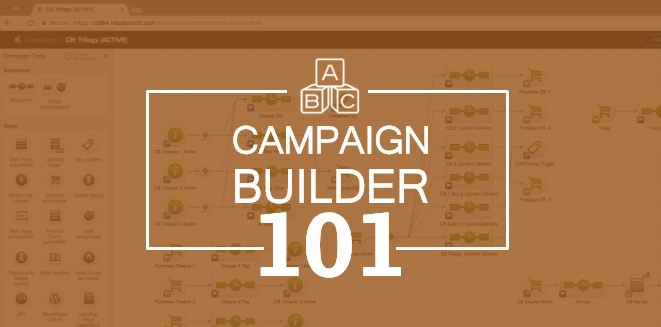

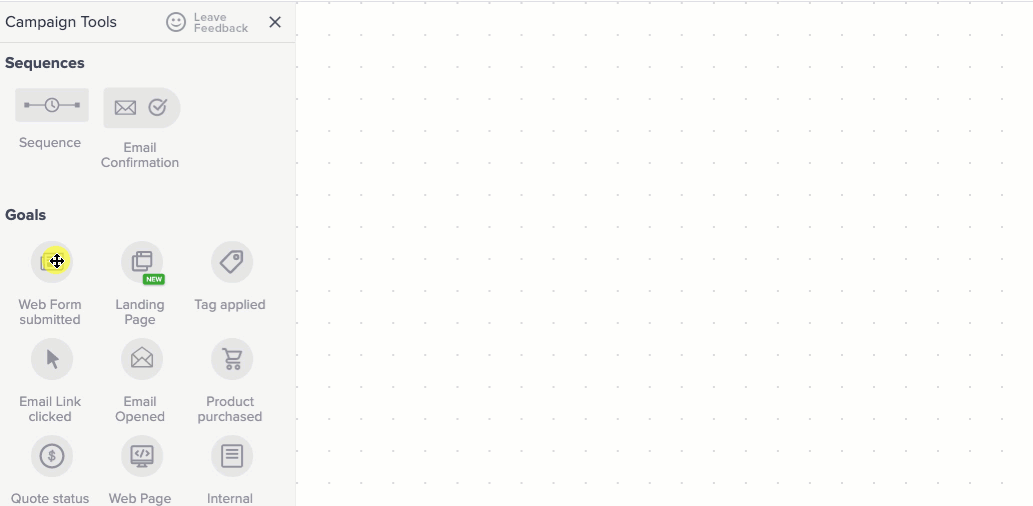
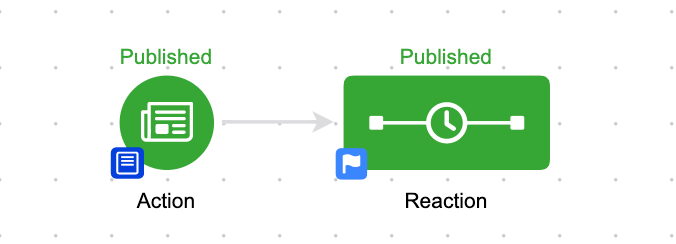







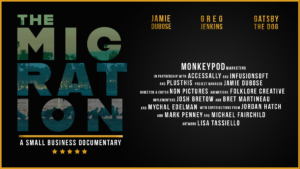
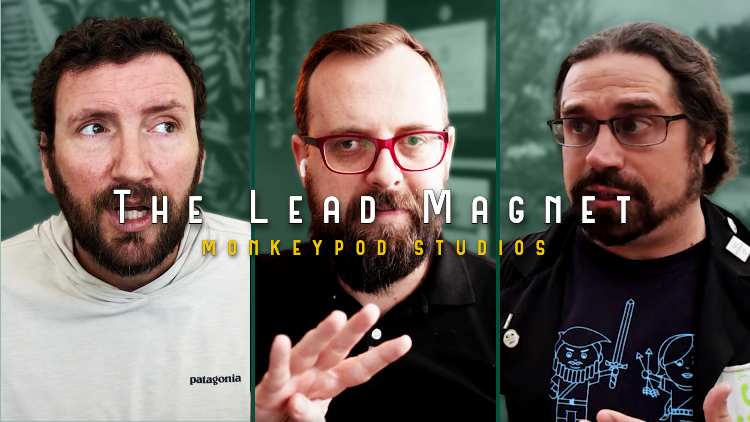
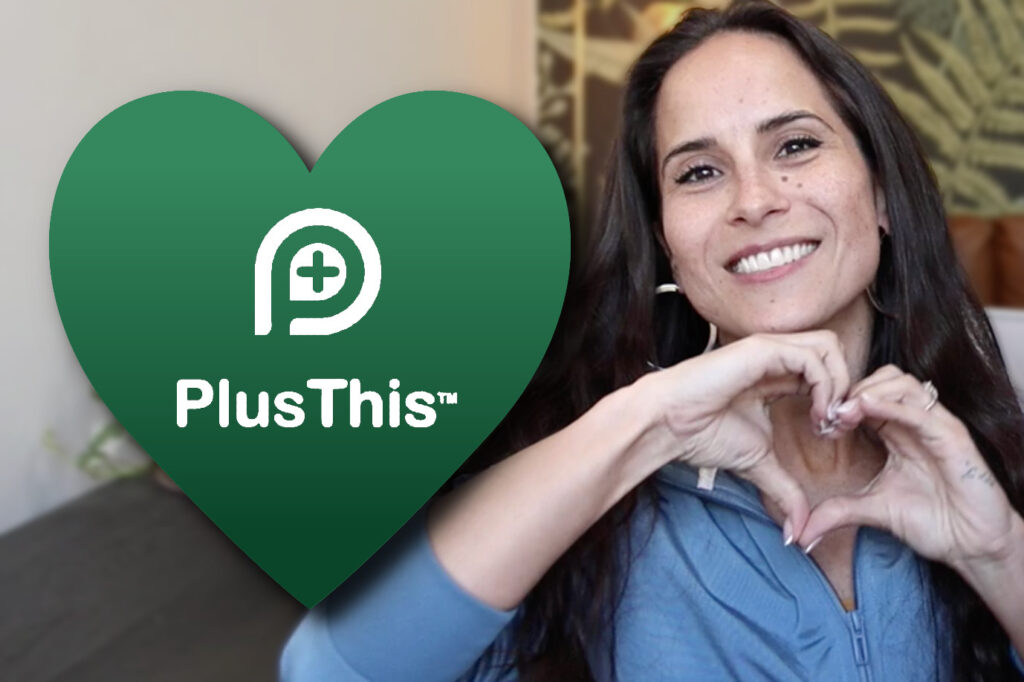
what do you recommend for the number of “actions” in a campaign? I find sometimes that I don’t want mine to get too complex so I’ll break them into 2 at times. Basically so that I can go back later and remember what the campaign is doing.
Kind of like breaking writing up into paragraphs based on separate thoughts I’m curious to hear if you have any suggestions/processes you go through to determine how much or how many steps to keep in a campaign.
Great question, thanks Josh. I find that there are some natural “breaking points”, usually when the conversation shifts to a new topic, or you would to consolidate people from multiple origins. Here’s a good blog post on the idea of compartmentalizing your campaigns.